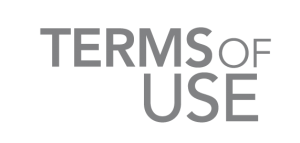Some legal stuff
What are the different types of stock images?
 Stock images break down into two main types, royalty-free and rights-managed.
Stock images break down into two main types, royalty-free and rights-managed.
For royalty-free images, you get nearly unlimited use. You can use the image in virtually any application, for as long as you like, in as many different projects as you like, as long as you comply with the terms of the license agreement. The image is available to use when you purchase a license. Following payment of the license fee, no additional royalty payments are owed.
With rights-managed images, your right to use the image is typically restricted, with limitations placed on things such as duration of use, geographic region, industry, etc., as established by your license agreement.
Can I use royalty-free images for free?
No. Royalty-free means that once a license fee is paid, the images may be used many times without paying additional fees, but the initial license is necessary to protect yourself and your clients. When you license a royalty-free image, you can use it in nearly any application, for as long as you like, according to your license agreement (although some kinds of uses do require an extended license). The cost is often based on file size, the number of permitted users as well as other factors.
Copyright
What is copyright?
Copyright is a form of protection provided by the law to the authors of “original works of authorship.” By virtue of the Berne Convention for the Protection of Literary and Artistic Works, works are protected in all 160 countries that are party to the Convention, as well as various other laws such as the US copyright act.
Does this apply to all images?
Yes, this applies to all images. From the time it is created, a photo or other image is automatically protected by copyright.
What is copyright infringement?
Infringement can include a violation of the rights of the creator or rights holder. Examples of imagery infringement may include:
• Use of whole or part of an image without permission
• Use beyond the scope of a license or permission
• Adapting an image without permission (art rendering)
• Asking another photographer to identically recreate the image
Who’s responsible when infringement occurs?
Responsible parties may include:
• The party that infringed (the photographer or the person that stole the image in the first place), even if unintentionally
• Employees or others who participated in the original infringement
• Anyone who published the infringing image, whether they had knowledge or not
• Anyone who authorized or encouraged infringement




